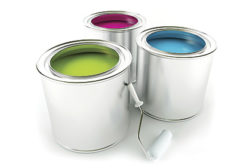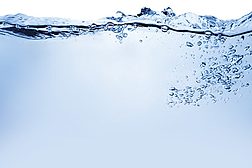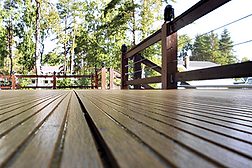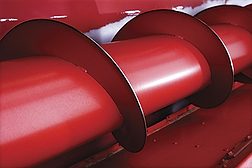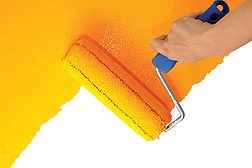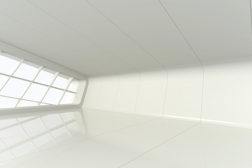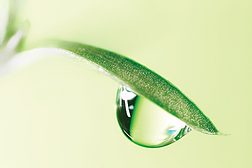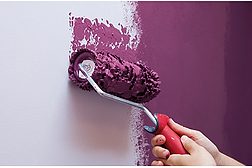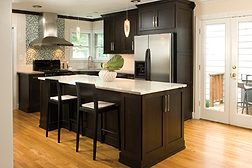Waterborne Coatings
Finding the Right ‘Level’
High-Performance Waterborne Epoxy Hardener for Zero-Emission Self-Leveling Flooring
Read More
Novel Rheology Modifiers
for Near-Zero-VOC Waterborne Coatings
Prachur Bhargava
Andrew J. De Fusco
Kimberly D. Gaughan
Dinakar Gnanamgari
Dick Henderson
Arjun C. Sau
September 5, 2013
Keep the info flowing with our eNewsletters!
Get the latest industry updates tailored your way.
JOIN TODAY!Copyright ©2025. All Rights Reserved BNP Media.
Design, CMS, Hosting & Web Development :: ePublishing

